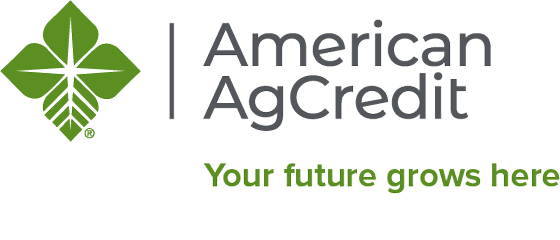As wildfires continually threaten communities in California and beyond, many grape growers face a difficult harvest. Even for vineyards that are spared from the ravages of fire, extreme smoke conditions can taint the grapes.
As a general recommendation, producers who believe their crop has been impacted by fire, smoke or excessive heat should file a crop insurance claim with their crop insurance agent. To provide further guidance for our customers and other grape growers, we have compiled some of the most common questions about smoke taint and wine insurance.
You can reference the information below when talking to your crop insurance agent about filing a claim.
Please note: This material is for informational purposes only and cannot be relied on to replace your own judgment or that of the risk management professionals you work with, in assessing the accuracy or relevance of the information to your own operations.
